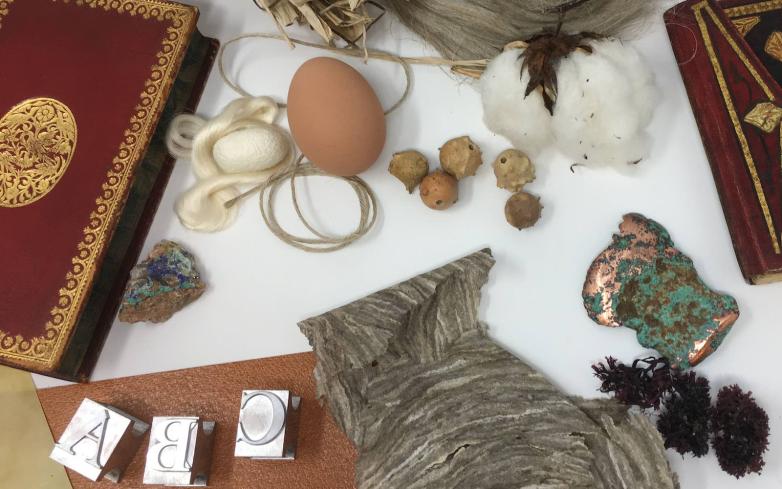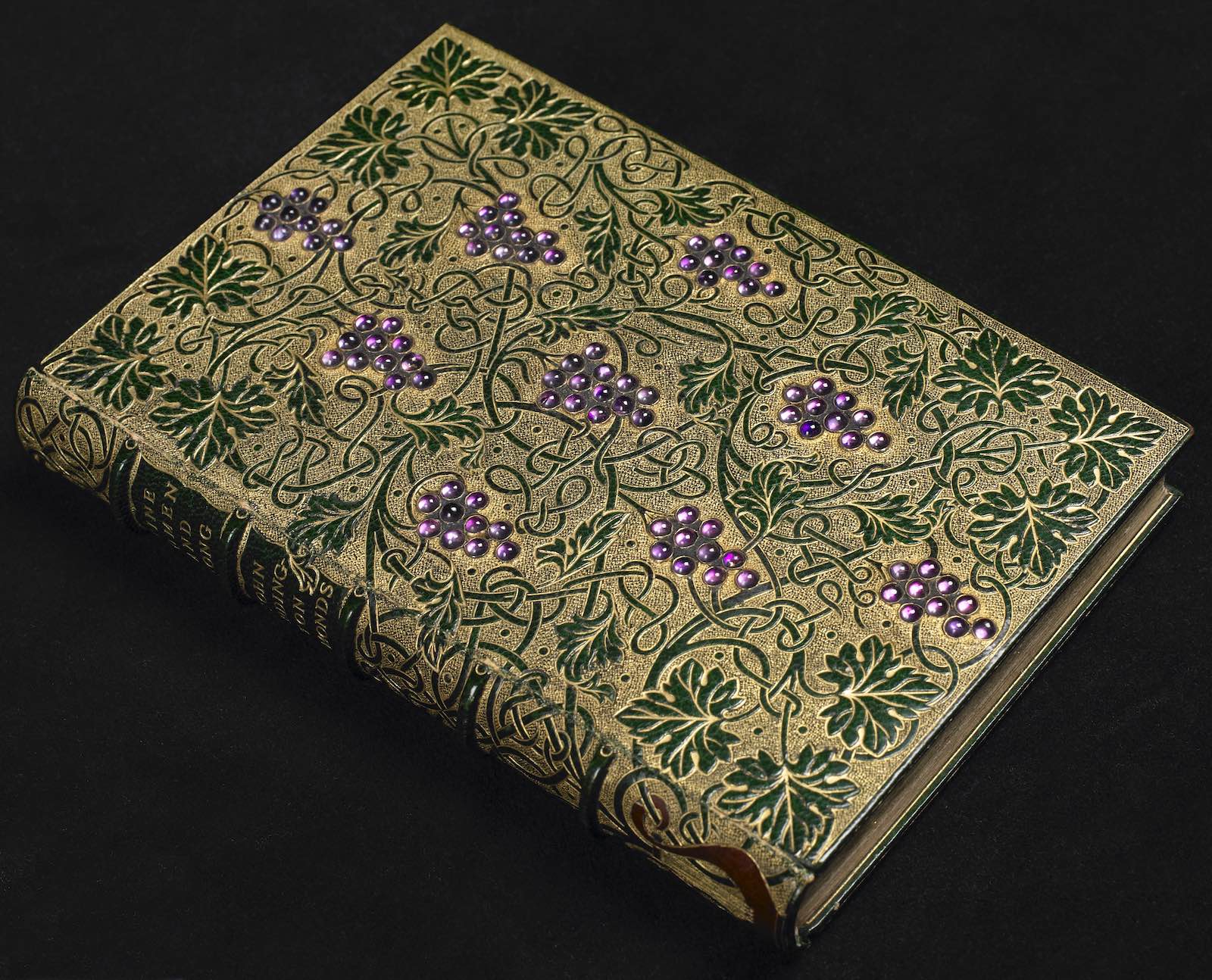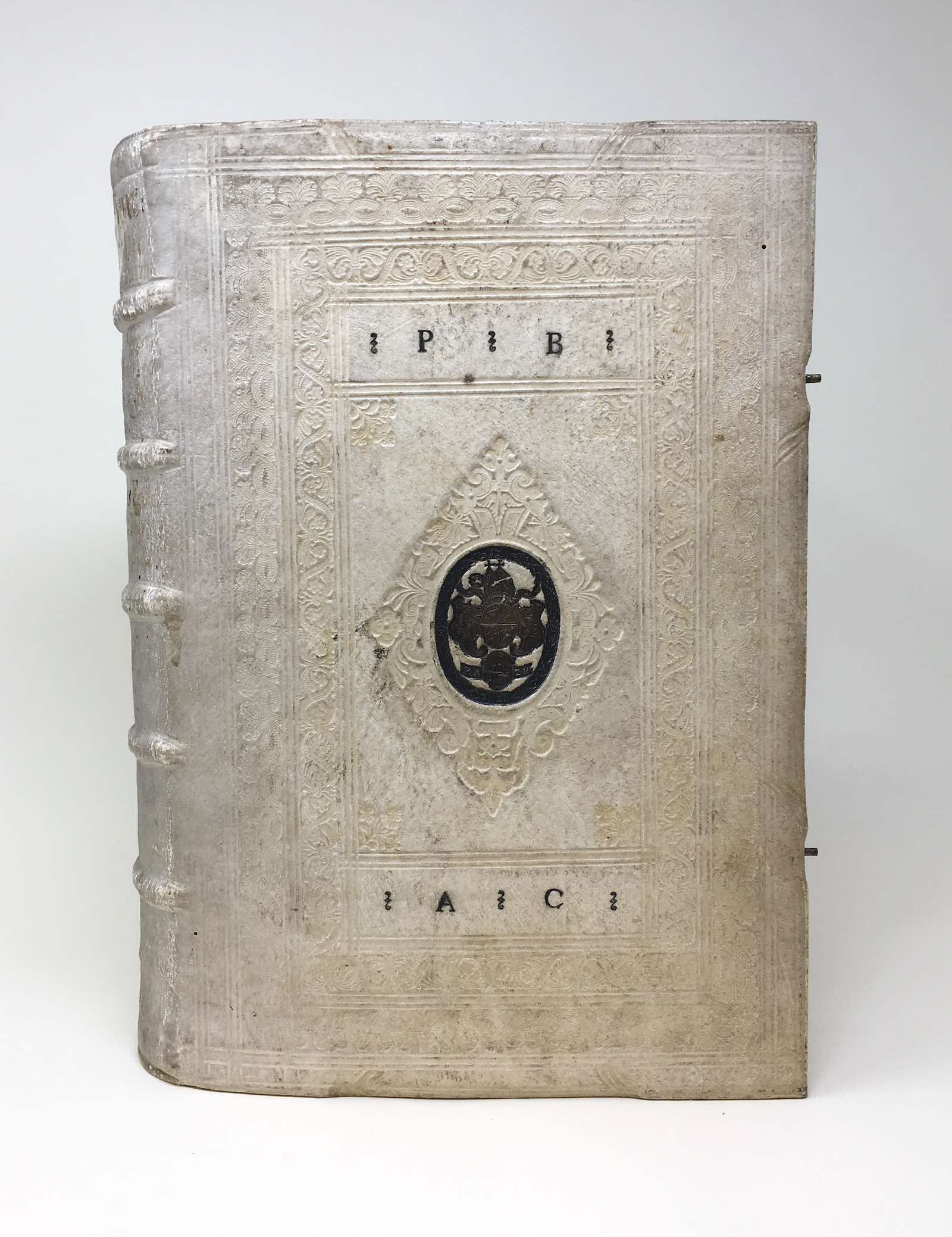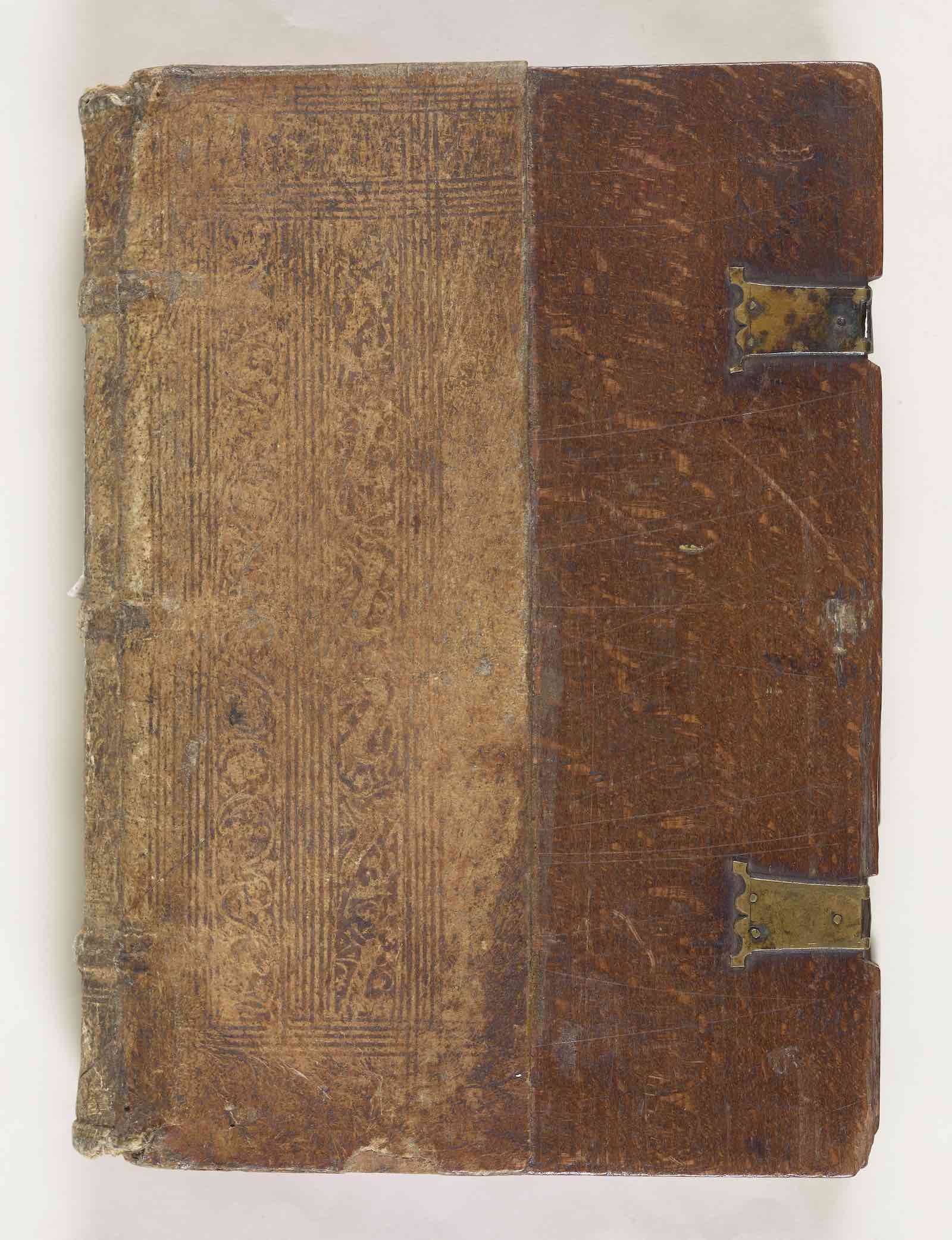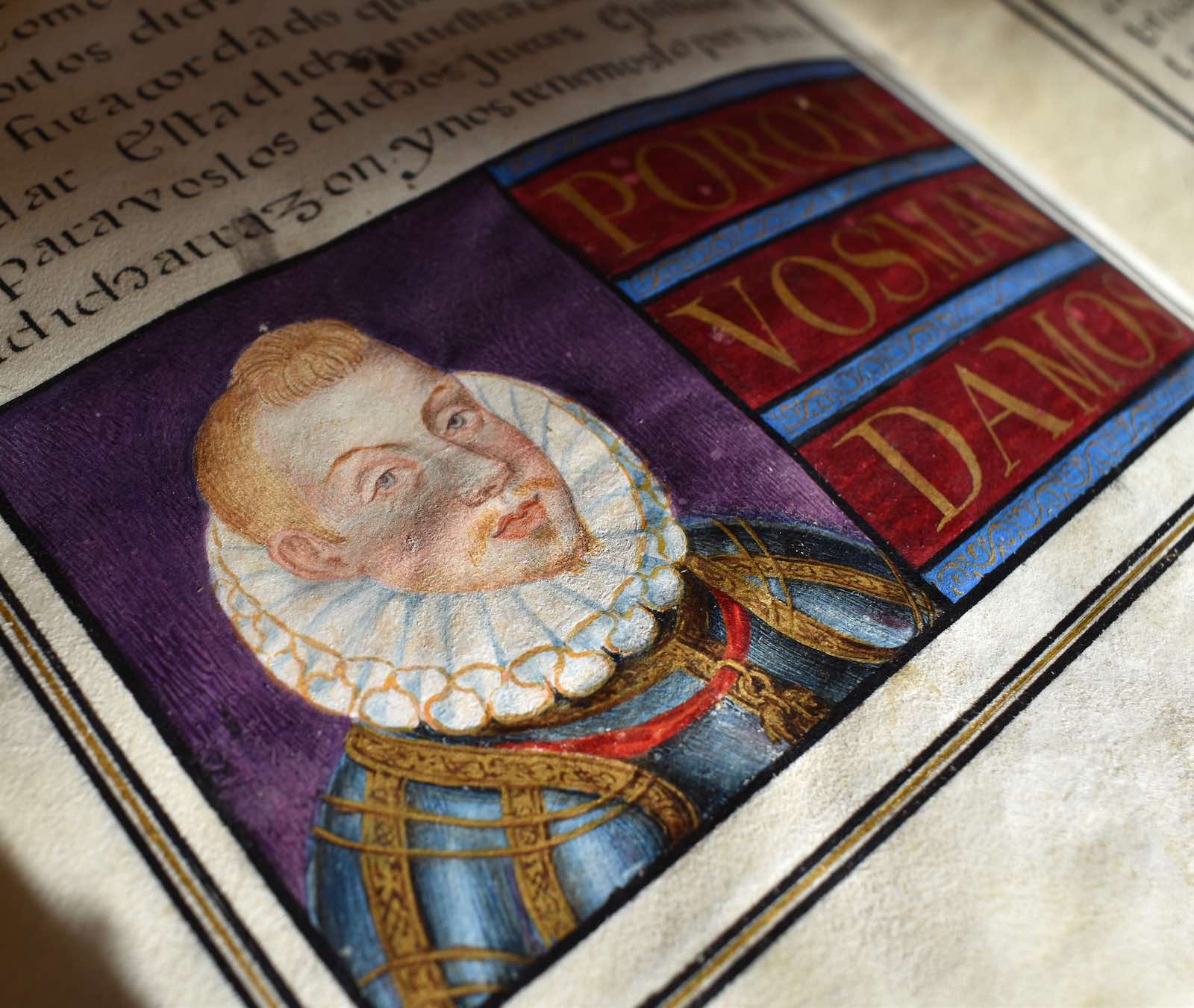“Our research process involved teasing out the rich complexity of the history and materials used in hand bookbinding,” said Vanessa Haight Smith, head of preservation services at Smithsonian Libraries and Archives and co-curator of “Nature of the Book.” “The exhibition gives us the opportunity to discuss that the use of natural materials and techniques haven’t followed a linear path; rather, they are intertwined and layered crossroads of global products and ideas.”
“Nature of the Book” explores books of the hand-press era (from the use of moveable type in Europe in about 1450 to the rise of mechanization in the 19th century) through the myriad natural materials—animal, vegetable and mineral—that went into their making. From essential ingredients like flax, leather, copper and lead, to the unexpected, like wasps and seaweed, the exhibition shows what the use of these materials can tell people about the book, touching on questions of use, process, global trade and economy.
“‘Nature of the Book’ delves into the material components of books from the expected, such as parchment, paper and leather, to the unexpected including semi-precious gems, arsenic and cochineal insects,” said Katie Wagner, senior book conservator at Smithsonian Libraries and Archives and co-curator of “Nature of the Book.” “This exhibition appeals to newcomers to the topic as well as to bibliophiles.”
On display will be Mark Catesby’s The Natural History of Carolina, Florida and the Bahama Islands (London, 1729–1747), Francisco Hernández’s Nova plantarum (Rome, 1651) bound in tawed pigskin leather, Hokusai’s Hokusai Manga (Japan, Late Edo period, 1780–1868), John Addington Symonds’ Wine, Women, and Song (London, 1884) in an exquisite jeweled binding and a gold illuminated partial Qurʾan (Qajar-period Iran, c. 1800s).
Bookbinding to etching, papermaking to hand-coloring, typesetting to marbling and watermarking to gold tooling, “Nature of the Book” invites visitors into a fascinating exploration of the craft, innovation and ingenuity of hand-press bookmaking of centuries past. It tells a story of local resources and resourcefulness as well as global influence—from Asia, the Middle East and North Africa—that was essential to the Western book that is commonplace today.

